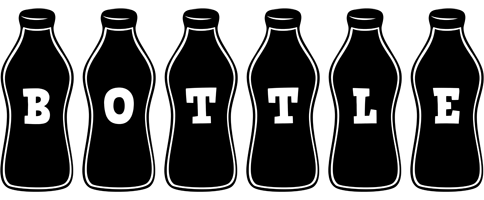The loan process encompasses the steps involved in applying for, obtaining approval, and receiving funds for a loan. Whether you're seeking a personal loan, mortgage, auto loan, or small business loan, understanding the loan process is crucial for navigating the borrowing journey successfully. Here's a breakdown of the key components of the loan process:
### Eligibility Criteria
Before applying for a loan, it's essential to determine whether you meet the lender's eligibility criteria. Common eligibility requirements include:
- **Credit Score:** Lenders typically assess your creditworthiness by reviewing your credit score, which reflects your history of borrowing and repaying debts. A higher credit score increases your chances of loan approval and may qualify you for better terms.
- **Income and Employment:** Lenders evaluate your income level and employment history to assess your ability to repay the loan. Stable employment and a steady income demonstrate financial stability and may strengthen your loan application.
- **Debt-to-Income Ratio:** Your debt-to-income ratio compares your monthly debt payments to your gross monthly income. Lenders use this ratio to evaluate your capacity to take on additional debt responsibly. A lower debt-to-income ratio indicates less financial strain and may enhance your loan eligibility.
### Application Process
Once you've determined your eligibility, the next step is to complete the loan application. The application process typically involves the following steps:
- **Gathering Documentation:** Prepare necessary documentation, such as proof of identity, income verification (pay stubs, tax returns), employment history, and bank statements.
- **Completing the Application:** Fill out the loan application accurately and completely, providing all requested information. Be prepared to disclose details about your financial situation, employment status, and loan purpose.
- **Submitting the Application:** Submit the completed application to the lender through the designated channels, which may include online portals, in-person meetings, or mail.
### Documentation Required
During the application process, lenders may require various documents to verify your identity, income, and financial stability. Commonly requested documents include:
- **Proof of Identity:** Valid government-issued identification, such as a driver's license or passport.
- **Proof of Income:** Pay stubs, W-2 forms, tax returns, or bank statements demonstrating consistent income over a specified period.
- **Employment Verification:** Contact information for your employer or documentation verifying your employment status and history.
- **Asset Statements:** Statements showing your assets, including savings accounts, investments, and real estate properties.
- **Debt Obligations:** Information about existing debts, such as credit card balances, loan statements, and mortgage details.
### Approval and Disbursement
After submitting your loan application and supporting documentation, the lender will review your information and make a decision regarding loan approval. The approval process typically involves:
- **Underwriting:** Lenders assess your creditworthiness, financial stability, and loan risk through a process called underwriting. This involves analyzing your credit report, income, assets, and debt obligations to determine your ability to repay the loan.
- **Loan Approval:** If your application is approved, the lender will provide you with a loan offer detailing the loan amount, interest rate, repayment terms, and any additional conditions. Review the offer carefully and accept the terms if they align with your needs and expectations.
- **Loan Disbursement:** Upon acceptance of the loan offer, the lender will disburse the loan funds according to the agreed-upon terms. Funds may be deposited directly into your bank account or disbursed through other means, depending on the loan type and lender's policies.
### Conclusion
Understanding the loan process is essential for navigating the borrowing journey effectively and securing financing that meets your needs. By familiarizing yourself with the eligibility criteria, application process, documentation requirements, and approval process, you can streamline your loan application and increase your chances of success. Remember to research loan options, compare offers from multiple lenders, and communicate openly with your lender to ensure a smooth and successful borrowing experience.


0 Comments